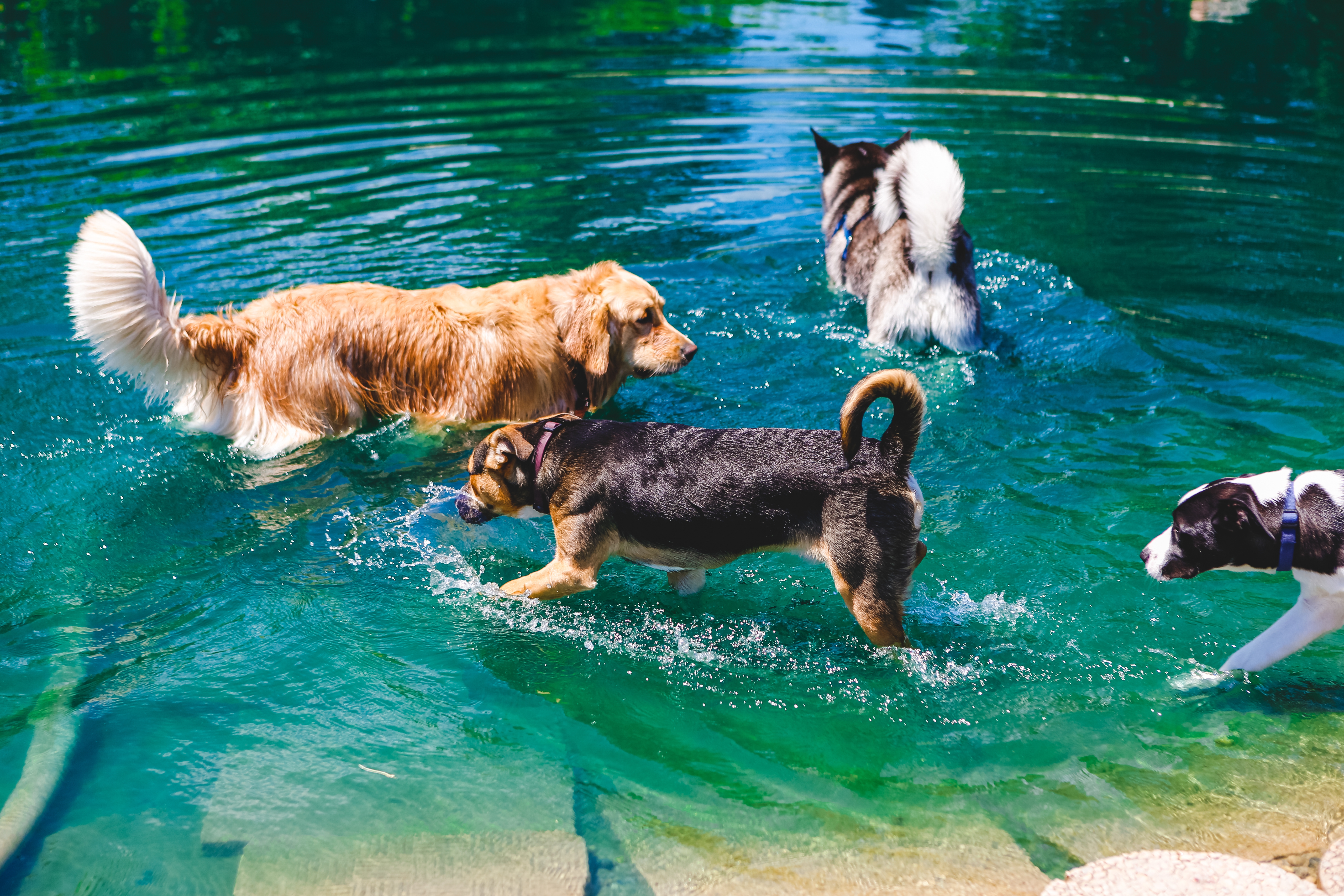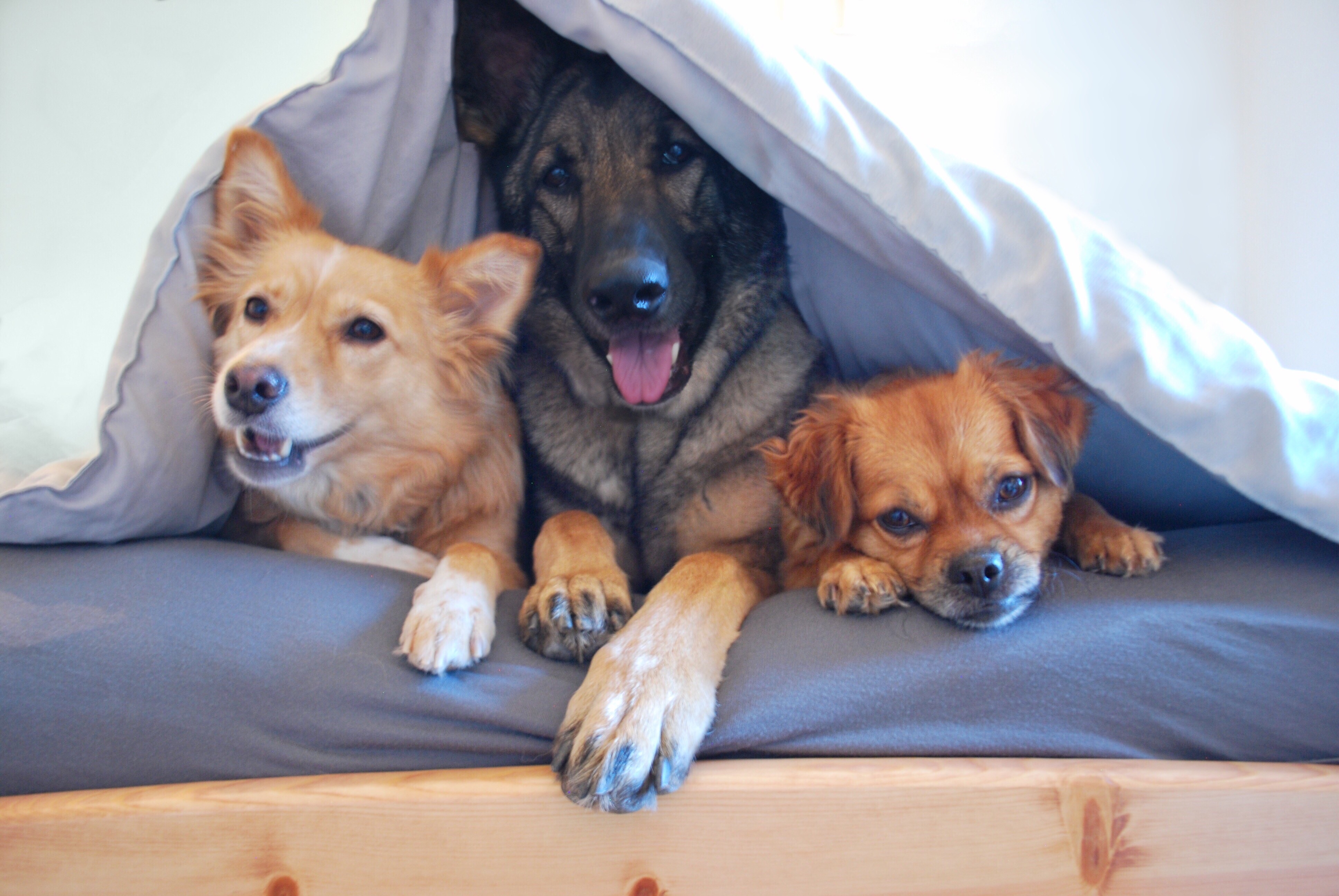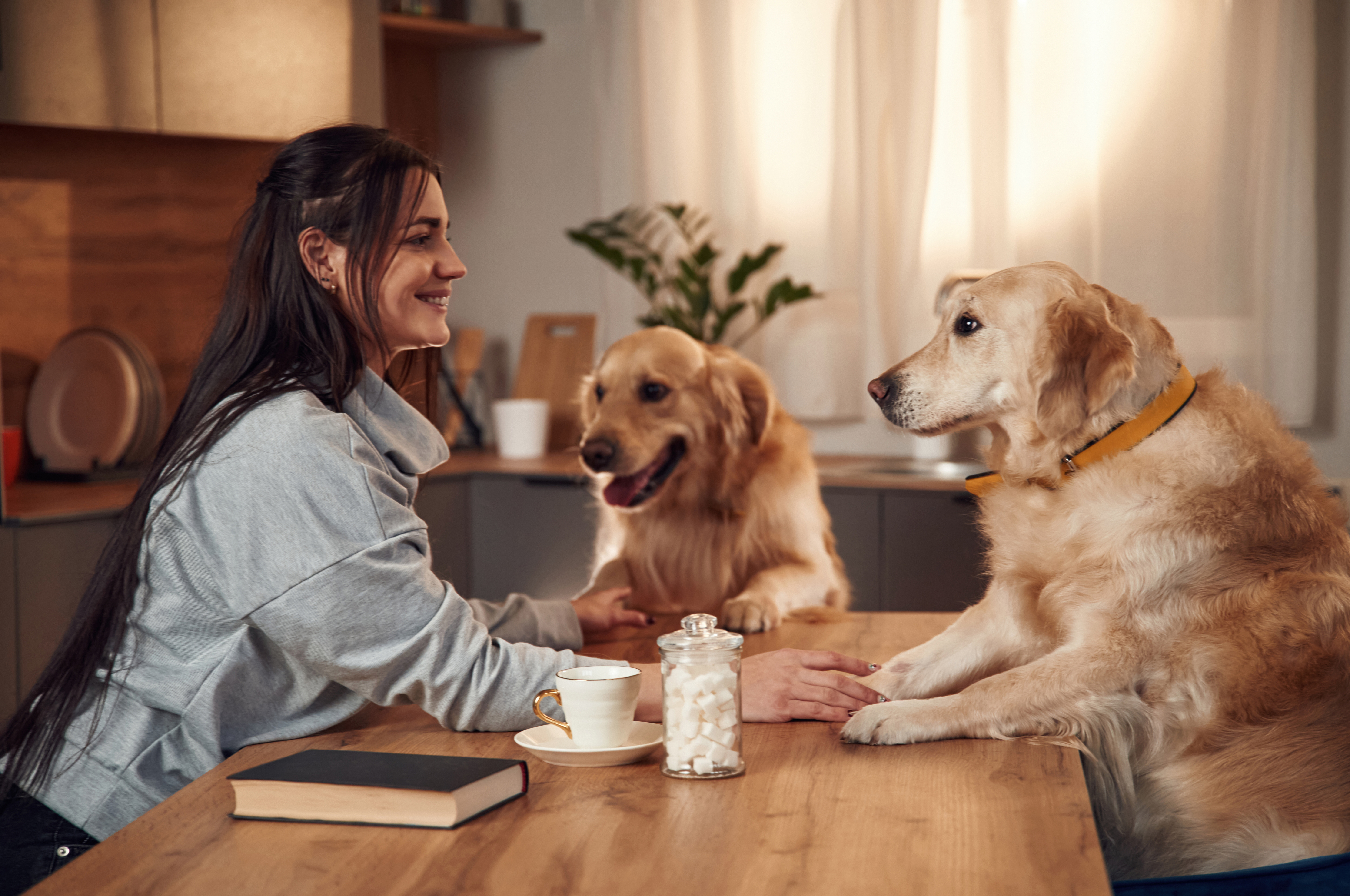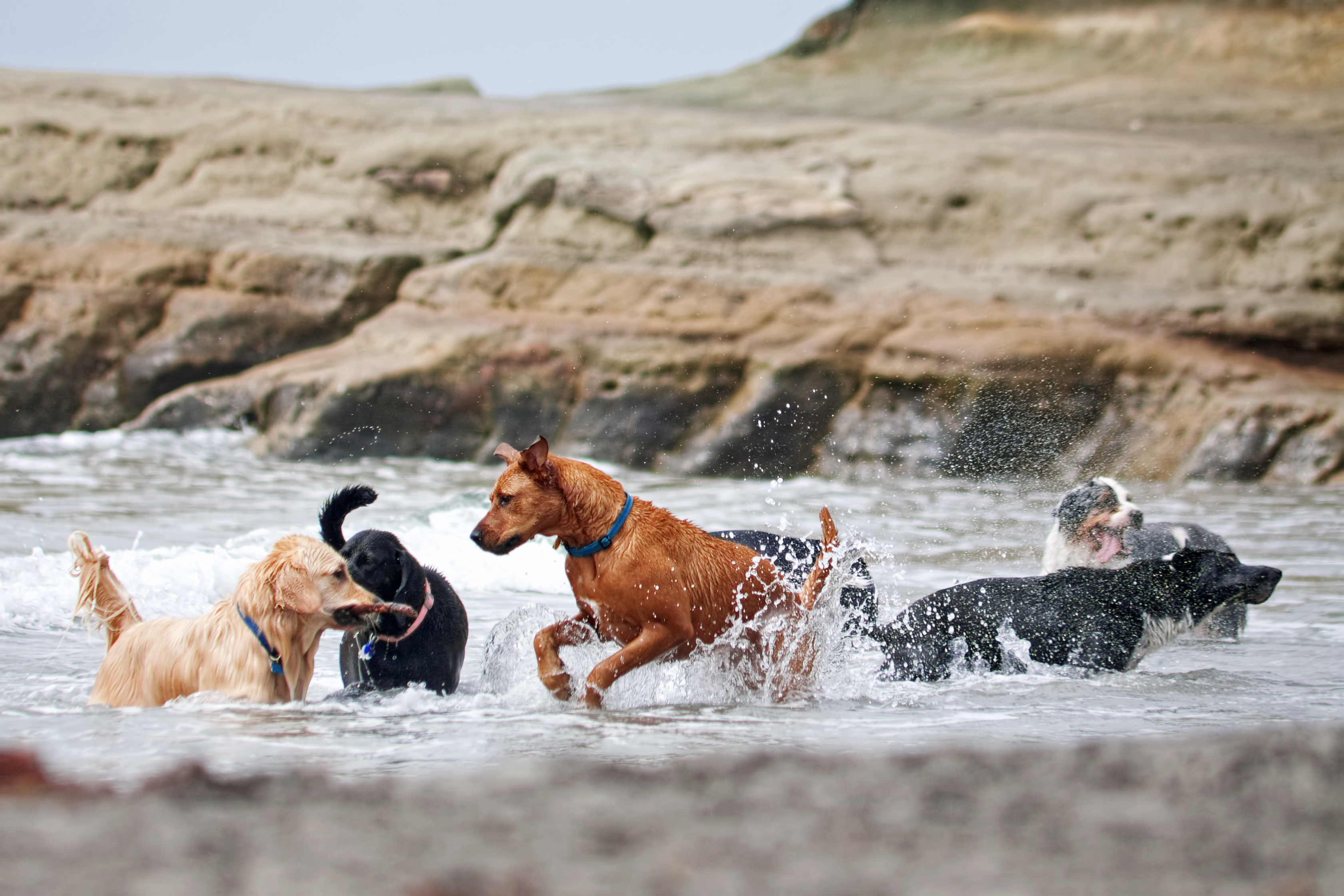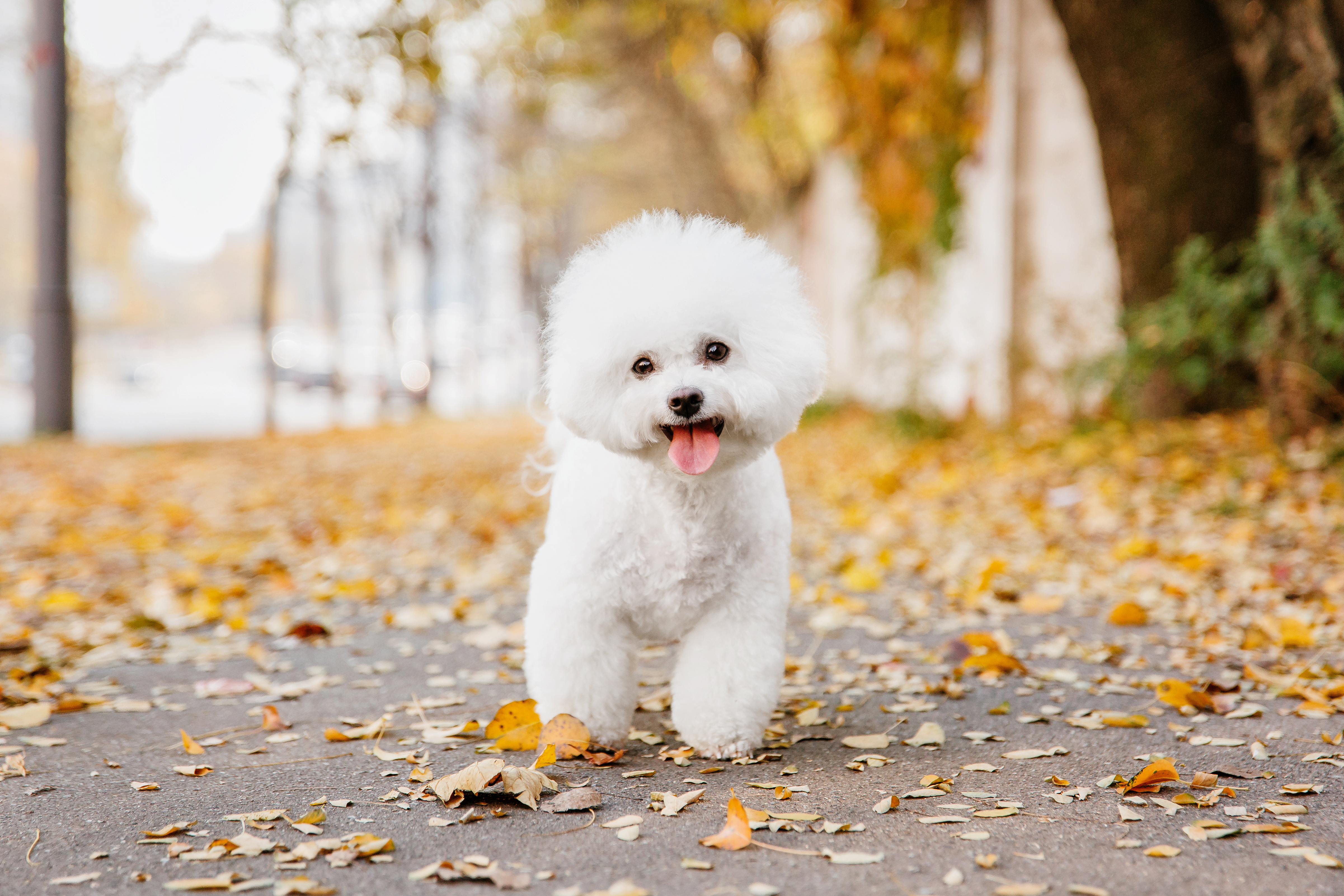10 Common Leash Training Mistakes (And How to Fix Them Fast)
Leash training is a fundamental aspect of a dog’s education, yet it often presents challenges that can perplex even the most patient pet owners. A well-trained dog on a leash can transform walks from chaotic sprints to serene strolls, enhancing the bond between human and canine. This article delves into 10 swift solutions to address common leash training mistakes, ensuring a happier pup and a more enjoyable experience for both parties. By understanding the root causes of these issues and applying targeted strategies, you can cultivate a well-behaved companion who eagerly anticipates their daily walks.
1. Understanding Your Dog’s Perspective
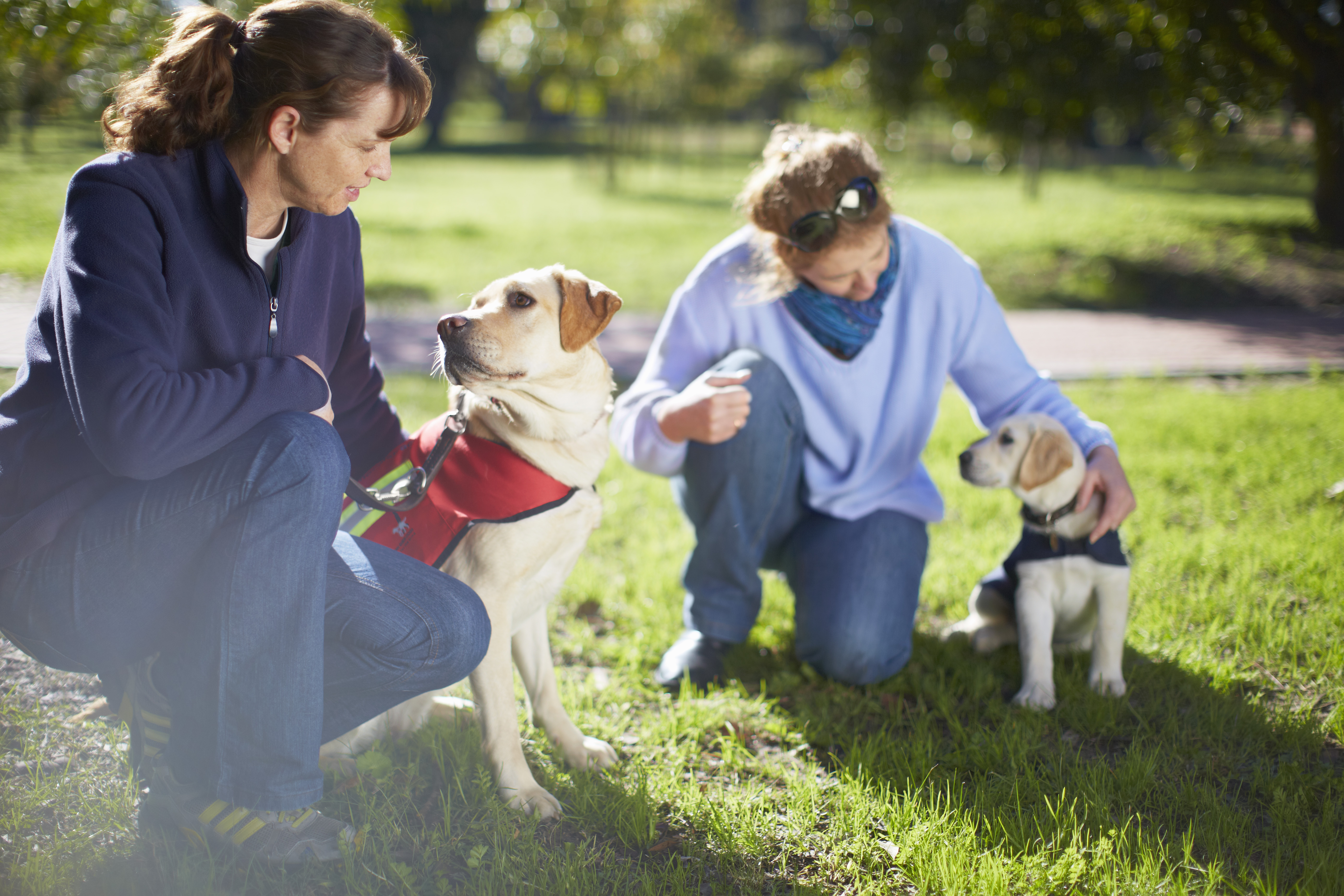
To effectively address leash training mistakes, it's crucial to first step into your dog's paws. Dogs perceive the world through their senses, with smells, sights, and sounds shaping their experiences. Many leash-related issues stem from a mismatch between a dog's natural instincts and the expectations placed upon them. For instance, a dog's instinct to explore can lead to pulling, while their curiosity might cause them to stop abruptly. Recognizing these instincts is the first step toward crafting a training approach that respects your dog's nature while guiding them toward desired behaviors. Furthermore, understanding your dog's breed-specific traits can provide valuable insights. Some breeds are naturally more independent or energetic, influencing their behavior on a leash. By tailoring your approach to accommodate these traits, you can create a training plan that aligns with your dog's unique disposition. This empathetic understanding lays the foundation for addressing specific training challenges and fosters a more harmonious relationship between you and your furry friend.
2. Establishing Clear Communication
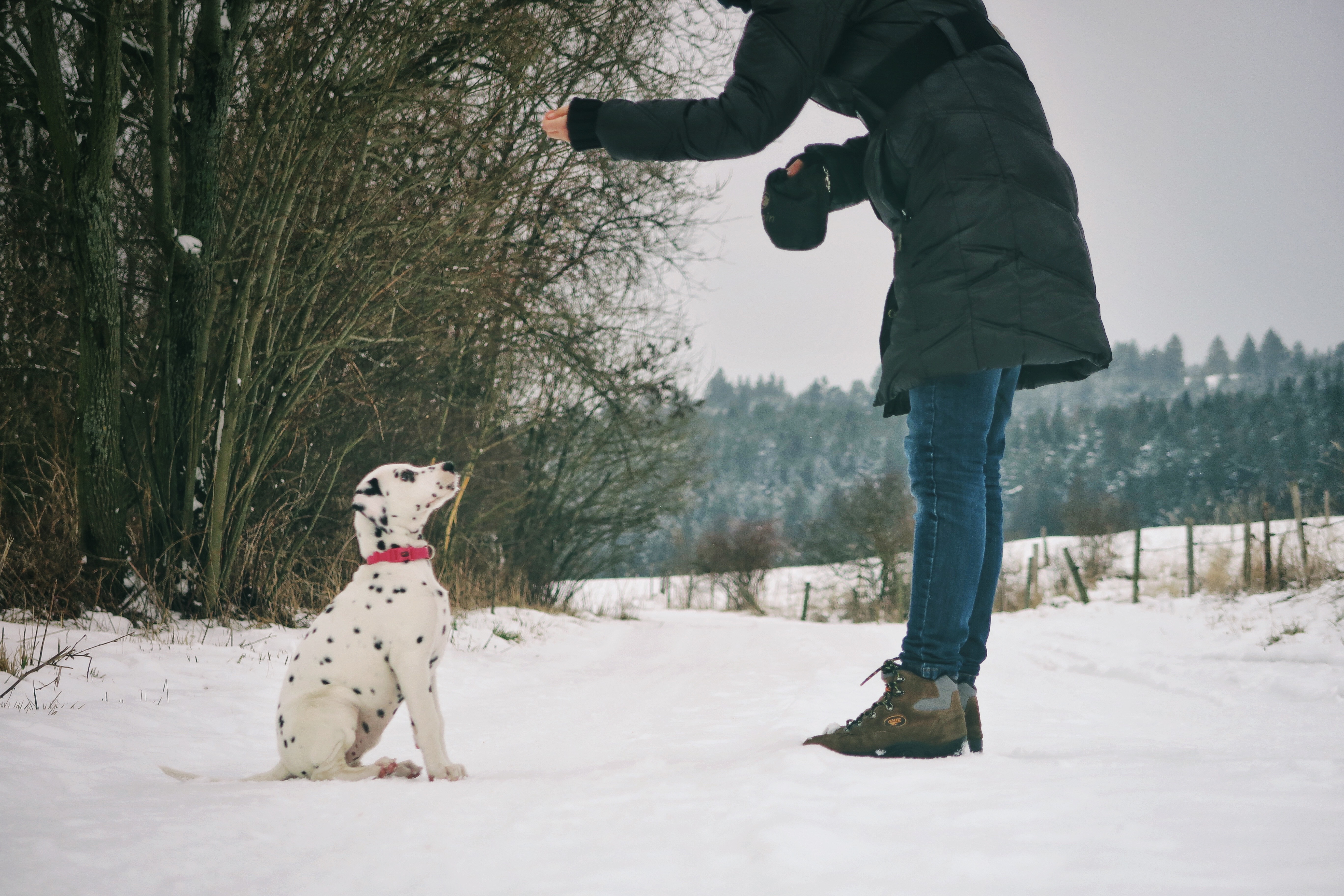
Effective leash training hinges on clear communication between you and your dog. Dogs are highly perceptive creatures, attuned to both verbal cues and body language. Consistency in commands and signals is essential to avoid confusion and reinforce desired behaviors. Begin by selecting simple, distinct commands for leash-related actions, such as "heel," "stop," or "leave it." Consistent use of these commands, paired with corresponding gestures, helps your dog associate specific actions with verbal cues. In addition to verbal commands, your body language plays a crucial role in communication. Dogs are adept at reading human gestures, so maintaining an upright, confident posture can convey leadership and direction. Conversely, inconsistent or unclear signals can lead to misunderstandings and frustration. By aligning your verbal and non-verbal communication, you create a cohesive training environment that supports your dog's learning process.
3. The Art of Positive Reinforcement

Positive reinforcement is a powerful tool in leash training, encouraging desired behaviors through rewards and praise. This approach capitalizes on a dog's natural desire to please, making it an effective strategy for addressing common training mistakes. Begin by identifying rewards that motivate your dog, whether it's treats, toys, or affectionate praise. Use these rewards to reinforce positive behaviors, such as walking calmly beside you or responding promptly to commands. Timing is crucial in positive reinforcement. Deliver rewards immediately after the desired behavior to strengthen the association between action and reward. This immediacy helps your dog understand which behaviors are encouraged, promoting repetition and learning. Over time, as your dog becomes more proficient, gradually reduce the frequency of rewards, transitioning to intermittent reinforcement. This shift helps maintain motivation while encouraging your dog to consistently exhibit good behavior.
4. Consistency is Key
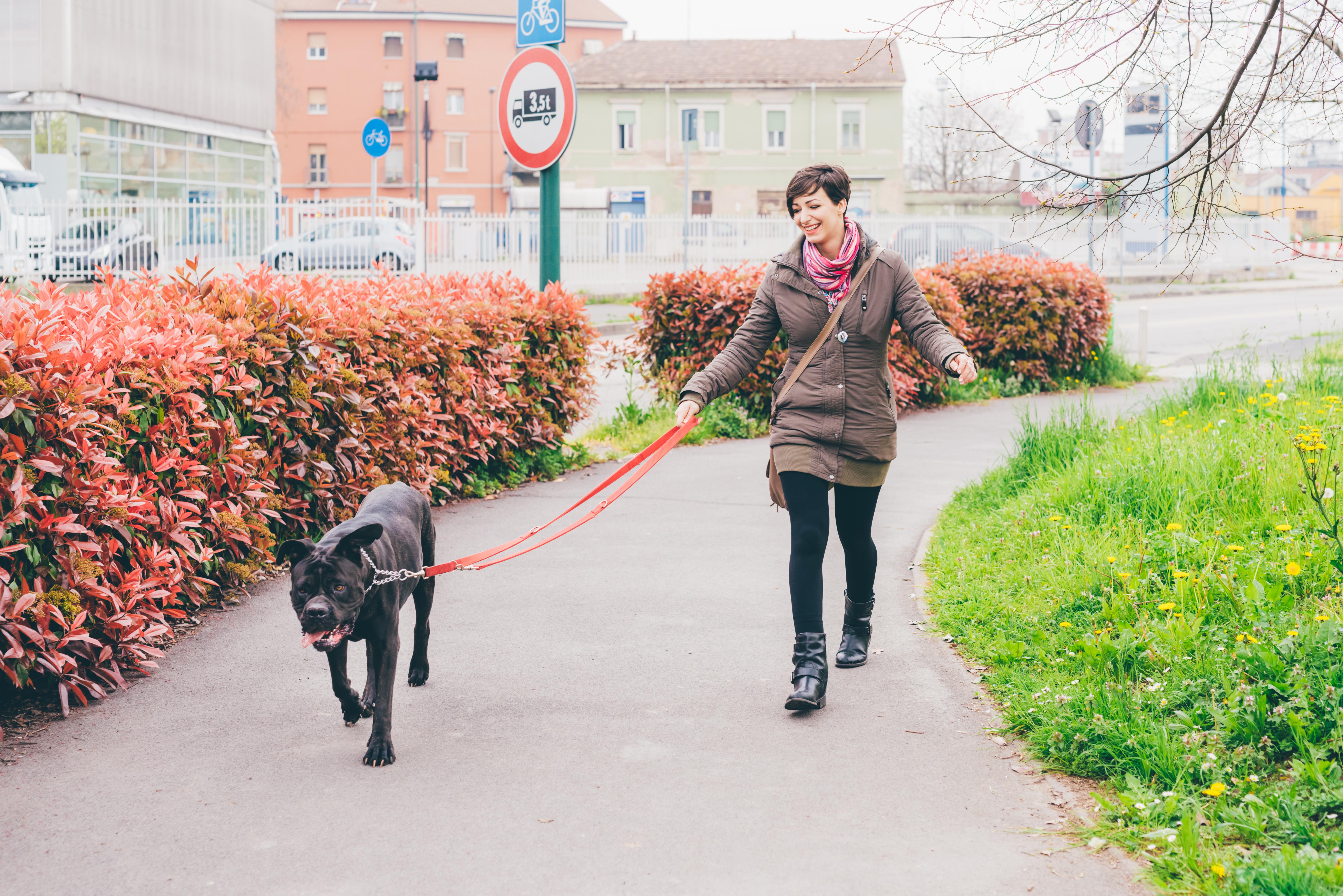
Consistency is the backbone of successful leash training, providing your dog with clear expectations and a stable learning environment. Inconsistent training can lead to confusion, as dogs struggle to discern which behaviors are acceptable. To establish consistency, develop a routine that incorporates regular training sessions, ensuring that all family members adhere to the same commands and techniques. Additionally, consistency extends beyond training sessions to everyday interactions. Reinforce leash training principles during daily walks, maintaining the same expectations and rewards. This comprehensive approach helps solidify learned behaviors, as your dog recognizes that the rules apply in all contexts. By maintaining consistency, you create a reliable framework that supports your dog's progress and fosters a sense of security and understanding.
5. Addressing Pulling on the Leash
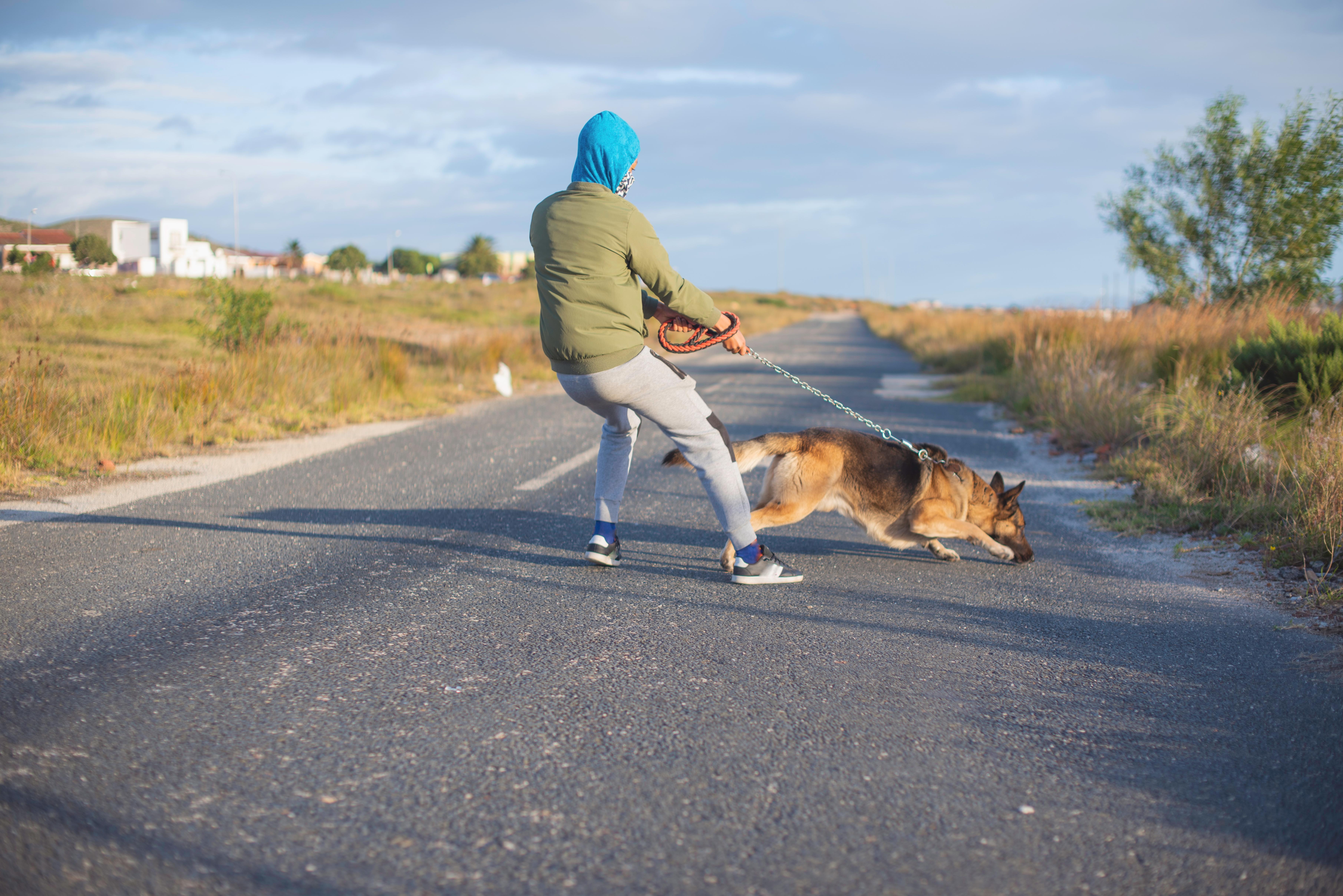
Pulling on the leash is one of the most common challenges faced by dog owners, often stemming from a dog's enthusiasm and desire to explore. To address this issue, it's important to understand the underlying motivations and implement strategies that redirect this energy. Begin by teaching your dog the "heel" command, encouraging them to walk beside you rather than pulling ahead. Use positive reinforcement to reward compliance, gradually increasing the duration and complexity of the task. In addition to training, consider using tools that discourage pulling, such as front-clip harnesses or head collars. These devices provide gentle guidance, redirecting your dog's attention back to you without causing discomfort. Consistent use of these tools, combined with positive reinforcement, helps your dog learn to walk calmly on a leash, transforming walks into enjoyable experiences for both of you.
6. Managing Distractions
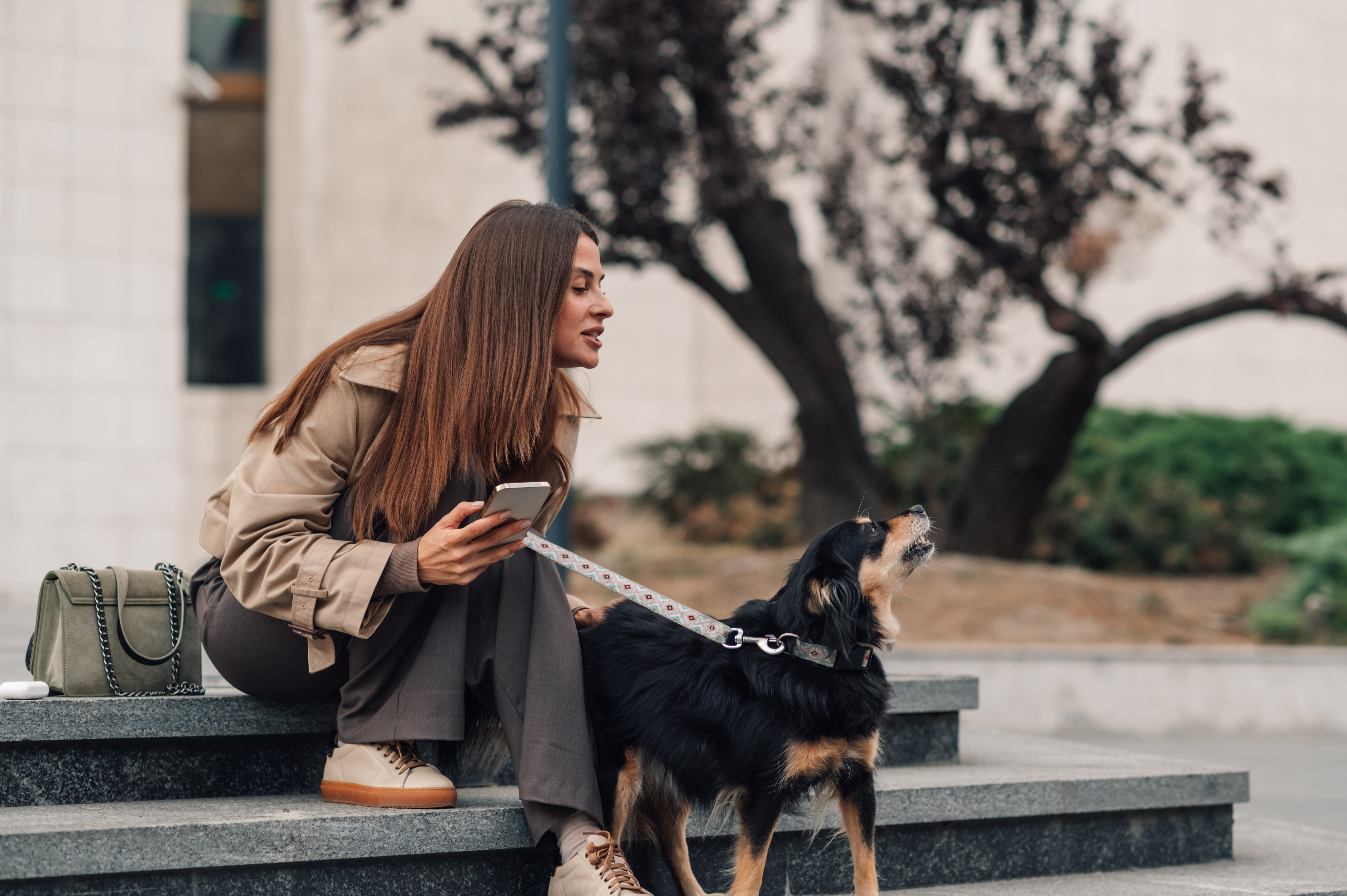
Distractions are an inevitable part of any walk, and managing them effectively is crucial for successful leash training. Dogs are naturally curious, and their attention can be easily diverted by passing cars, other animals, or enticing scents. To address this challenge, focus on building your dog's impulse control and attention skills. Begin by practicing in controlled environments, gradually introducing distractions as your dog becomes more proficient. Use the "leave it" command to redirect your dog's attention away from distractions, rewarding compliance with treats or praise. Additionally, practice the "watch me" command to encourage eye contact and focus on you. By reinforcing these commands consistently, you equip your dog with the skills needed to navigate distractions, ensuring a more controlled and enjoyable walking experience.
7. Preventing Lunging and Jumping
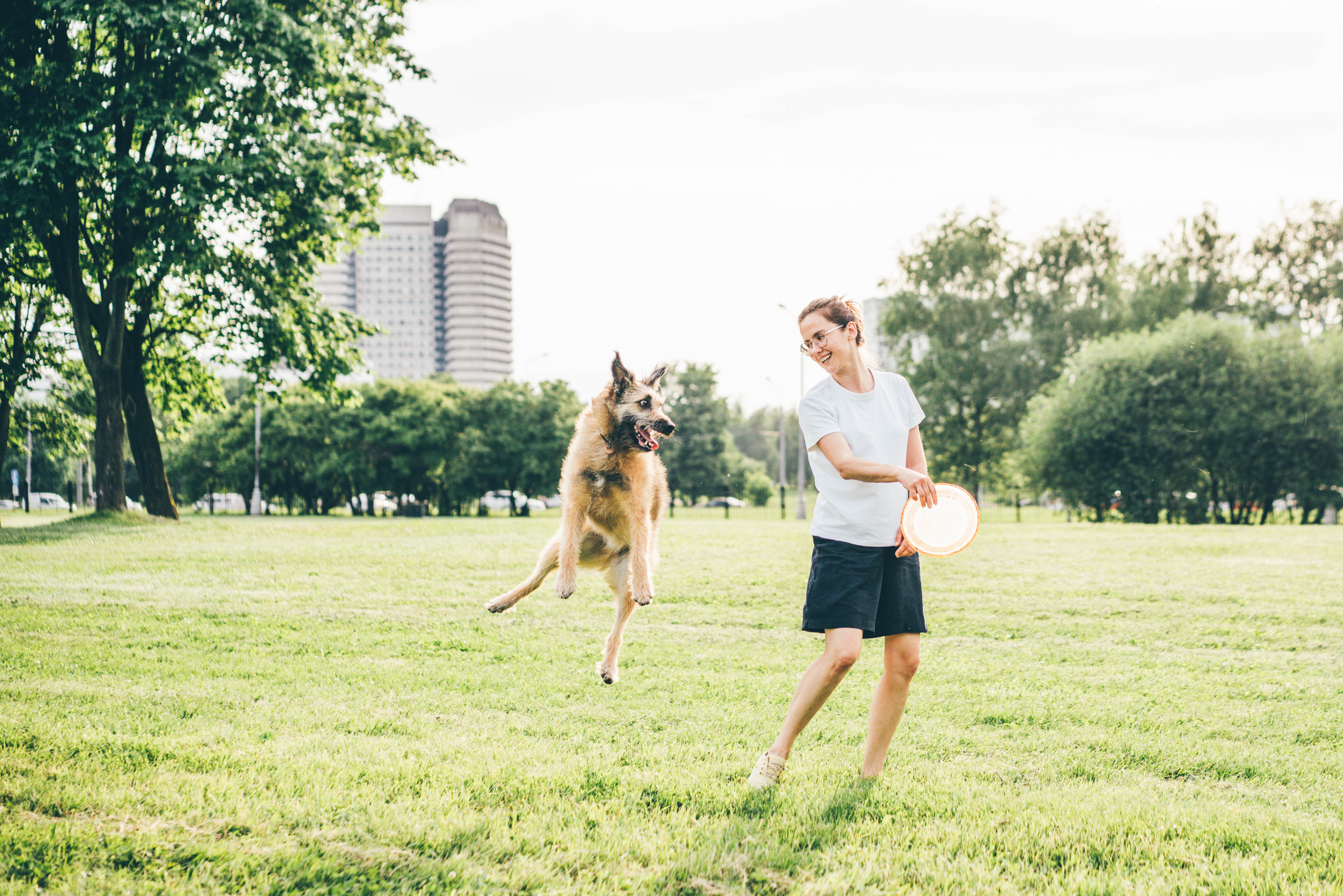
Lunging and jumping are common leash-related behaviors, often driven by excitement or frustration. These actions can be challenging to manage, particularly in busy environments. To address these issues, focus on teaching your dog alternative behaviors that are incompatible with lunging or jumping. For example, train your dog to sit or offer a paw as a default behavior when encountering exciting stimuli. Incorporate impulse control exercises into your training routine, such as "stay" or "wait," to build patience and self-regulation. Use positive reinforcement to reward calm behavior, gradually increasing the difficulty of scenarios as your dog improves. By providing clear alternatives and reinforcing self-control, you help your dog navigate exciting situations without resorting to lunging or jumping.
8. Building Confidence and Reducing Anxiety

Anxiety and lack of confidence can manifest as leash-related issues, such as hesitation or fearfulness. To address these challenges, focus on building your dog's confidence through gradual exposure and positive experiences. Begin by introducing your dog to new environments at a comfortable pace, using treats and praise to create positive associations. Incorporate confidence-building exercises, such as agility or obedience training, to enhance your dog's skills and self-assurance. These activities provide mental stimulation and a sense of accomplishment, boosting your dog's confidence and reducing anxiety. By fostering a supportive and encouraging environment, you help your dog develop the resilience needed to navigate new experiences with ease.
9. Tailoring Training to Individual Needs
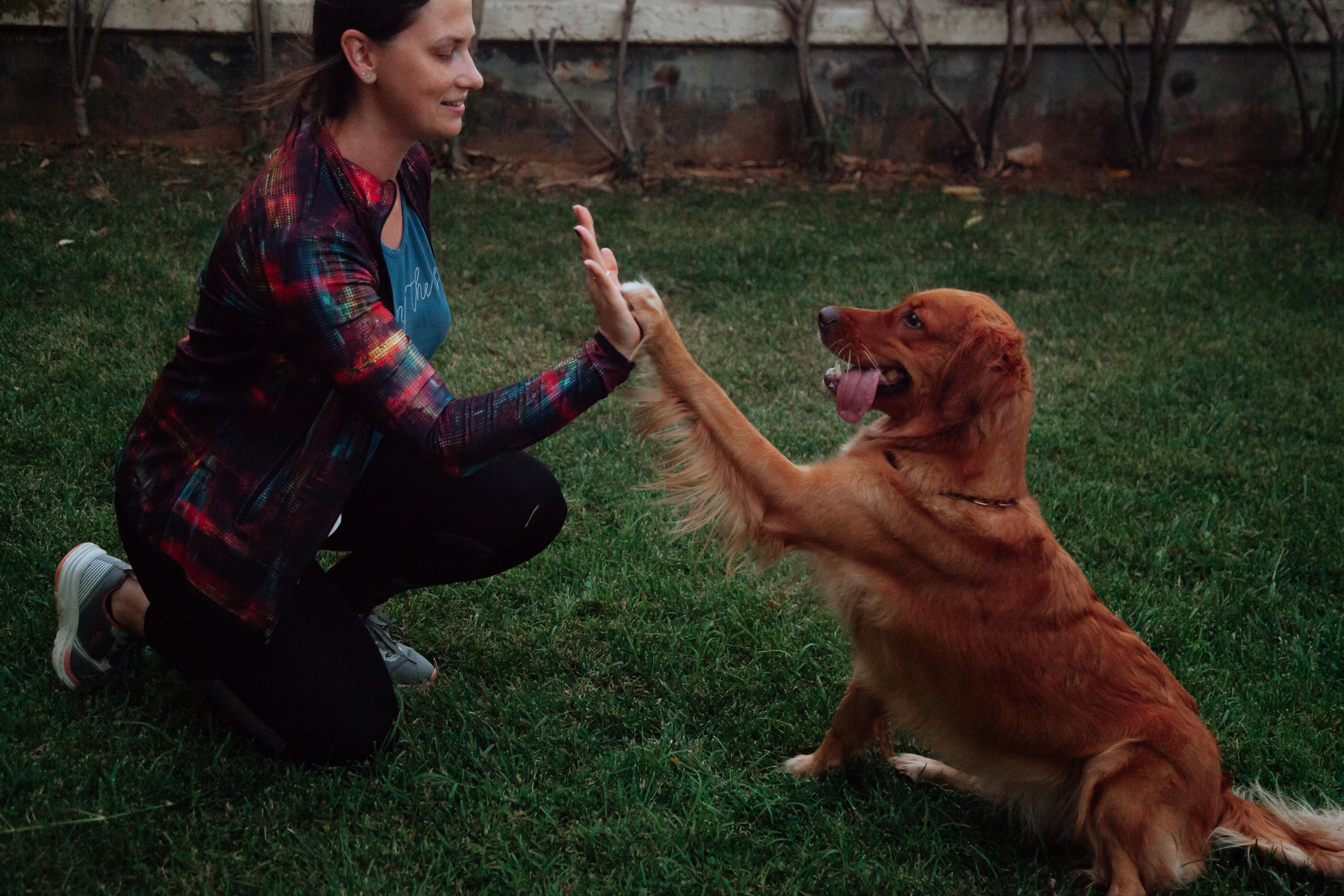
Every dog is unique, and successful leash training requires an approach tailored to your dog's specific needs and personality. Factors such as age, breed, and temperament can influence your dog's behavior and learning style. For instance, puppies may require shorter, more frequent training sessions, while older dogs might benefit from a slower, more patient approach. Take the time to observe your dog's responses to different training techniques, adjusting your approach as needed. Be open to experimenting with various strategies, such as clicker training or scent work, to find what resonates with your dog. By customizing your training plan, you create a more effective and enjoyable learning experience for both you and your furry companion.
10. The Role of Patience and Persistence
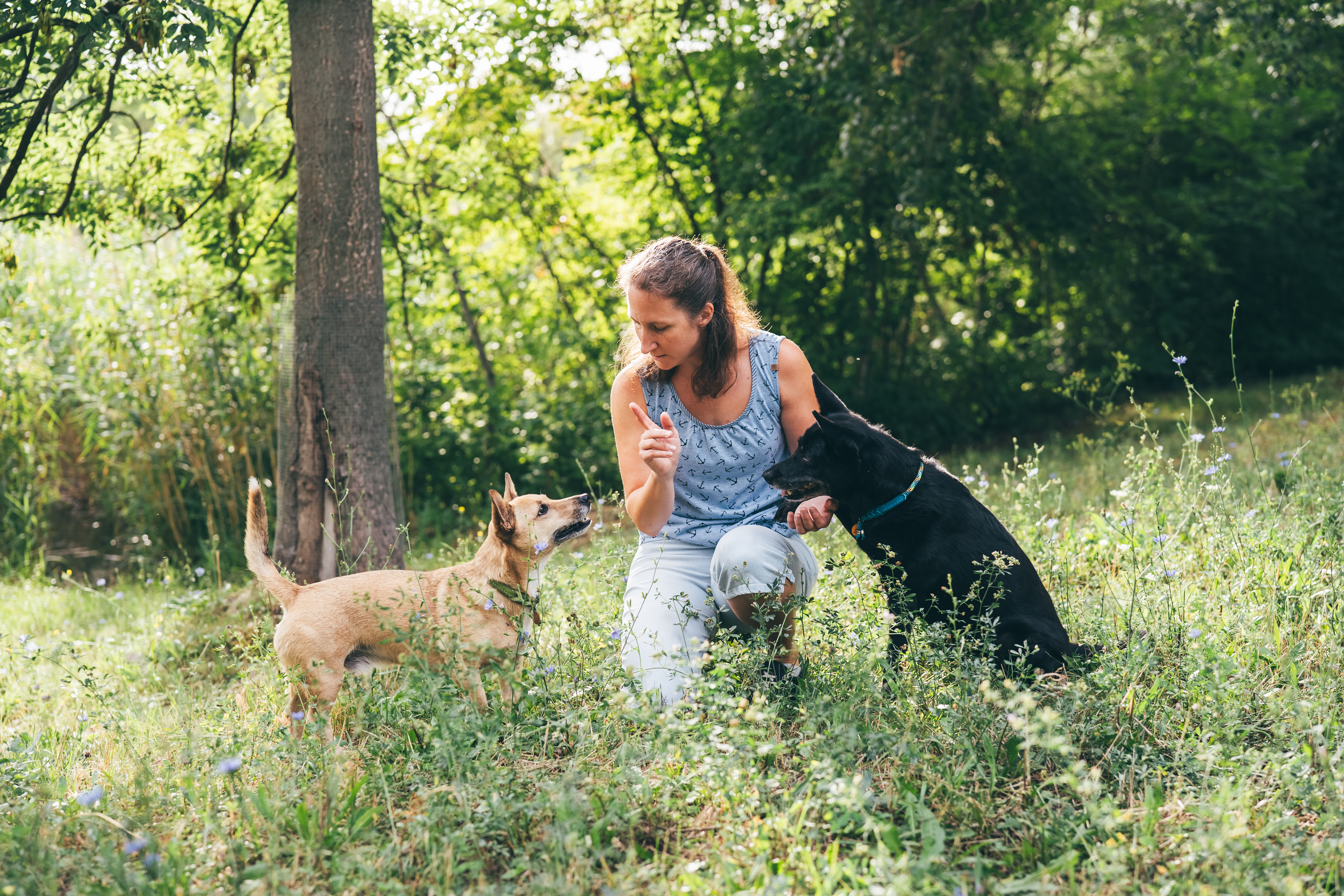
Patience and persistence are essential qualities for successful leash training, as progress often occurs gradually. It's important to recognize that setbacks are a natural part of the learning process, and maintaining a positive attitude can help you and your dog overcome challenges. Celebrate small victories and remain committed to your training goals, even when progress seems slow. Create a supportive environment by setting realistic expectations and focusing on incremental improvements. Remember that each dog learns at their own pace, and patience allows you to build a strong foundation for lasting success. By embodying persistence and patience, you demonstrate leadership and support, encouraging your dog to persevere and thrive.
Sometimes, despite your best efforts, leash training challenges may persist. In such cases, seeking professional guidance from a certified dog trainer or behaviorist can provide valuable insights and support. These experts can assess your dog's behavior, identify underlying issues, and recommend tailored strategies to address specific challenges. Leash training is a journey that requires patience, understanding, and dedication. By addressing common mistakes and implementing targeted solutions, you can transform walks into enjoyable experiences that strengthen the bond between you and your dog. From understanding your dog's perspective to seeking professional guidance, each step contributes to a harmonious leash training experience. Embrace the process with an open heart and a commitment to growth, and you'll cultivate a well-behaved, happy pup who eagerly accompanies you on every adventure.
